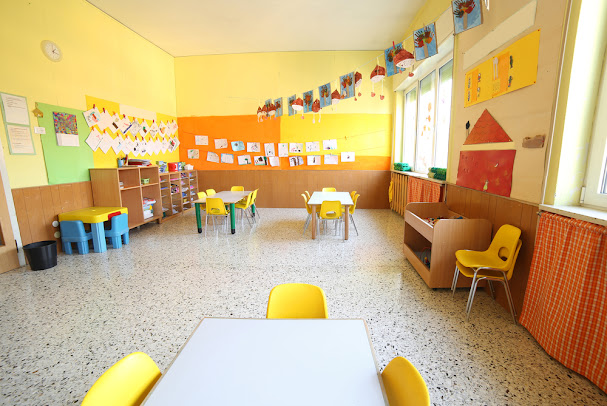Creating a Sensory-rich Environment in Day Care
 |
| Sensory-rich Environment in Day Care |
A sensory-rich environment can boost brain development at preschool or day care Wimbledon, the playground, at home, and in the park. Children learn via contact, practise, and observation, according to research, thus a rich learning environment helps them develop. We get information about our environment by using our five senses to take in the world. Sensory integration is the process through which all of your senses work together to organise information and assist you in efficiently and seamlessly navigating your surroundings.
The ability to receive sensory information from the
environment (touch, movement, sight, hearing, taste, smell, and pressure) and
integrate it with sensorimotor and sensorimotor abilities is a component of a
child's motor development. A kid may not engage in the functional play required
to develop the integrated motor skills for learning if they are unable to
comprehend the senses of their environment. The subsequent behavioural issues,
such as difficulties switching tasks and disinterest in activities, may be seen
as a result.
Promoting brain development in children at Day nurseries Wimbledon, from an
early age begins with teaching them to detect and use their senses. The senses
of a kid begin to develop at birth and likely began to develop while the child
was still in the womb. For youngsters, creating sensory surroundings can promote
growth in a variety of ways. Here are a few ideas for providing kids with a
sensory-rich environment.
a) Lighting
Everyone is impacted by light. Each person's experience
differs depending on how our minds handle sensory data as distinct individuals
moving around the environment. When the light is overhead rather than on a desk
or table, or when it reflects off a reflective surface like the floor or a
countertop, certain kids could have trouble. As a result, they may experience
sensory overload and find it difficult to concentrate on their tasks.
Natural light is always the greatest option because research
has proven that it improves a person's mood, health, and attitude while also
supporting learning through dynamic lighting. Most business structures utilise
fluorescent lighting. Visually exciting, the flashing might be persistent.
b) The colour
The energy of colour, which is created by light, affects the
mind, the body, and the emotions. Children are more sensitive to colour than
adults, thus these impacts are more noticeable in them. According to studies,
colours are good for learning, brain growth, creativity, and productivity.
Different people are affected by colours in different ways, such as enthusiasm,
calmness, inspiration, dread and anxiety, pacification, and more.
The wall hues used might create an atmosphere that is
tranquil or alert. Think about what you need in your unique setting. Red,
orange, and yellow warning hues are helpful in busy places, but exercise
caution not to overdo them. Neutral, earthy tones are excellent for reducing
overstimulation.
c) Forest Games
The ideal sensory environment for youngsters to develop
their bodies and learn how to defend themselves might be seen as the forest. As
kids engage in full-body activities, forests provide numerous possibilities for
the integration and development of all senses, including vestibular and
proprioceptive.
Spending more time outside strengthens this brain-body
connection, and sense of balance is one of the abilities that does so. Outing
organized by nursery schools in Wimbledon encourages children with
proprioception, for instance, will not hurt others as they play about and chase
each other. Additionally, they have the ability to modulate their force so they
won't unintentionally hurt an insect when grabbing it.
(d) Senssory Game
Children have a special chance to interact with the
environment via sensory play in ways that support their growth and development.
This kind of active play aids in building the neural pathways in the brain
necessary for more complicated ideas and tasks.
While it can be challenging for adults to come up with
suggestions for encouraging kids to participate in sensory activities, sensory
play is a lot of fun and is sometimes pretty simple to put up. Here are some
illustrations of activities for sensory play, such as making a sensory bin and
playing with food, sound tubes, play dough, and other things.
For more details visit our website https://www.wimbledondaynursery.co.uk/.



Comments
Post a Comment